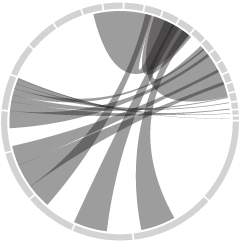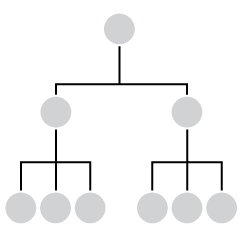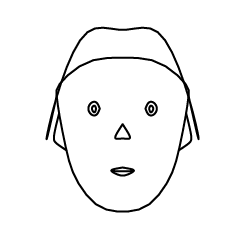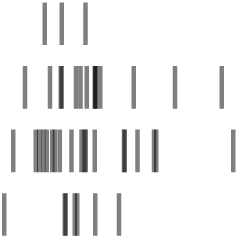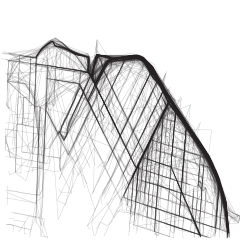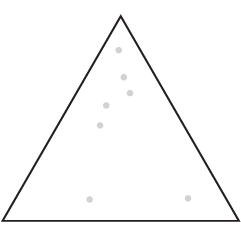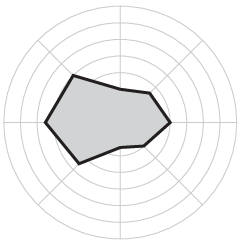During the DOGE-fueled federal firings, which seems like a lifetime ago already, the National Weather Service lost about 550 employees. They received permission recently to hire 450, because it is necessary. For CNN, Andrew Freedman reports.
The announcement was also met with frustration over the people the agency lost in the failed attempt at government savings.
“How much time/money is it going to cost to train a bunch of new people when we had already-trained people in place?” asked another NOAA official, who requested anonymity because they were not authorized to talk to the media. It is possible that some of the new hires will have been previously trained employees who were let go in the DOGE cuts.

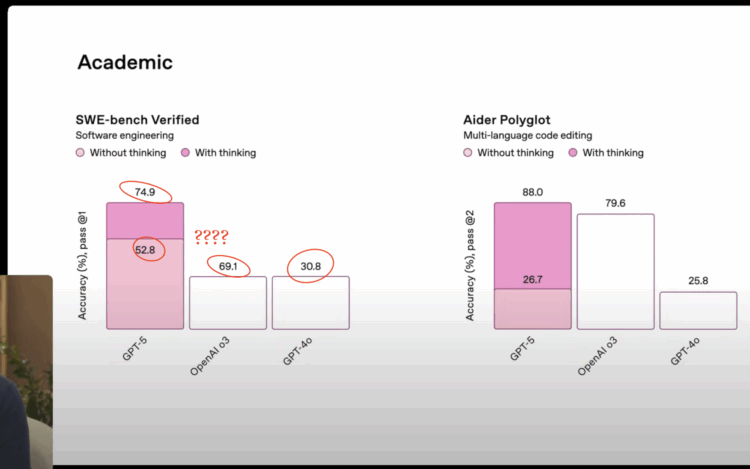
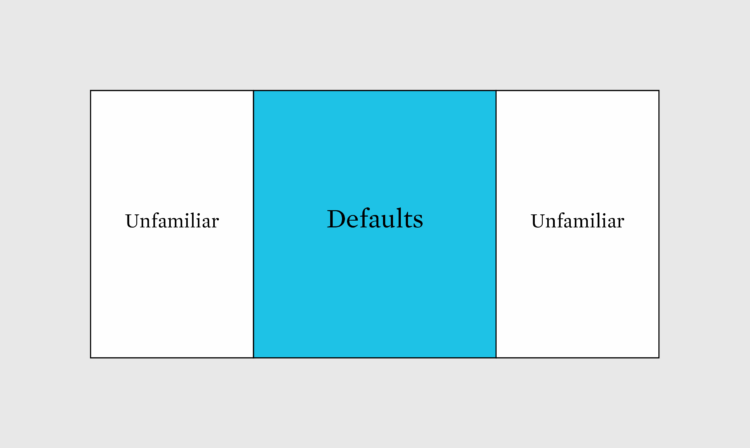
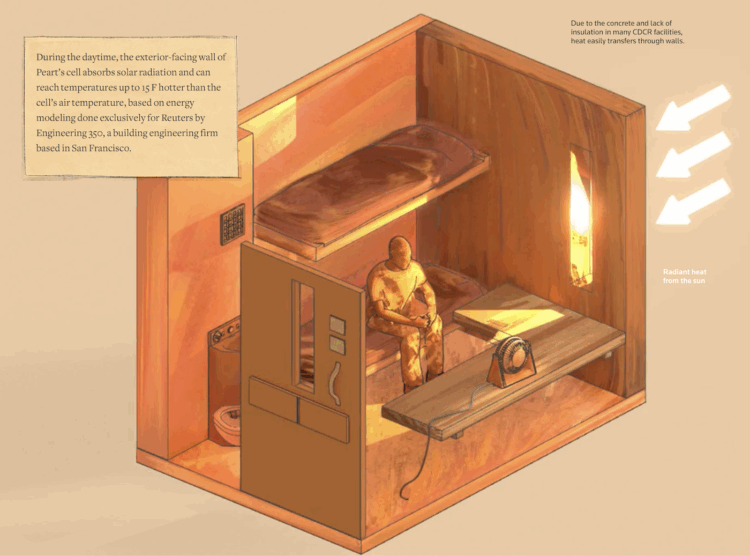
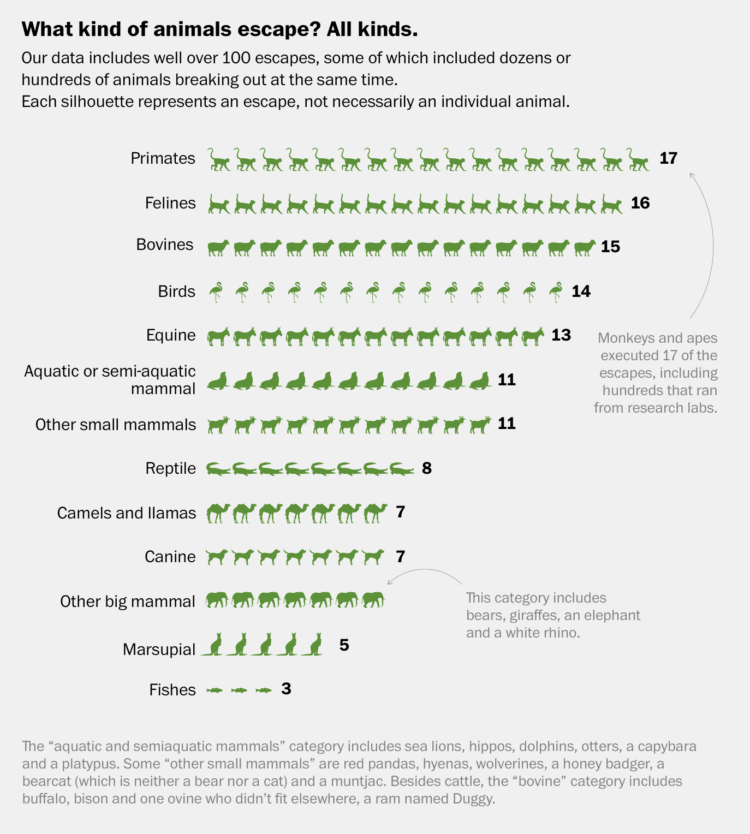

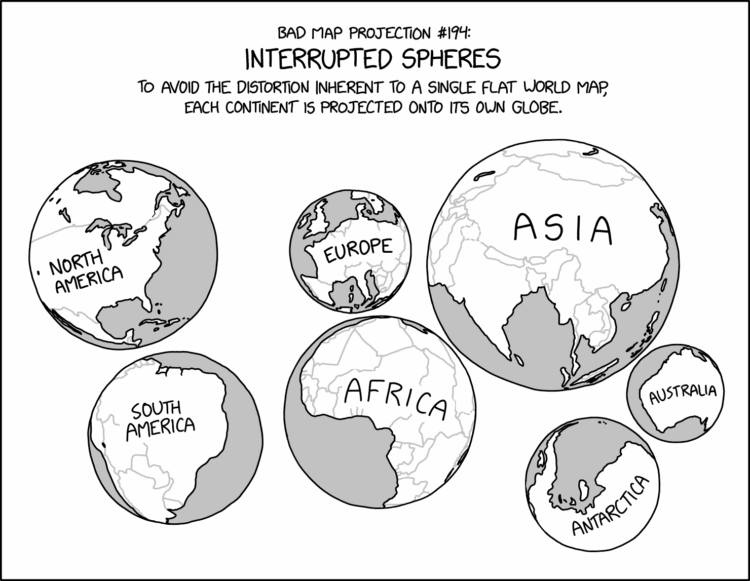

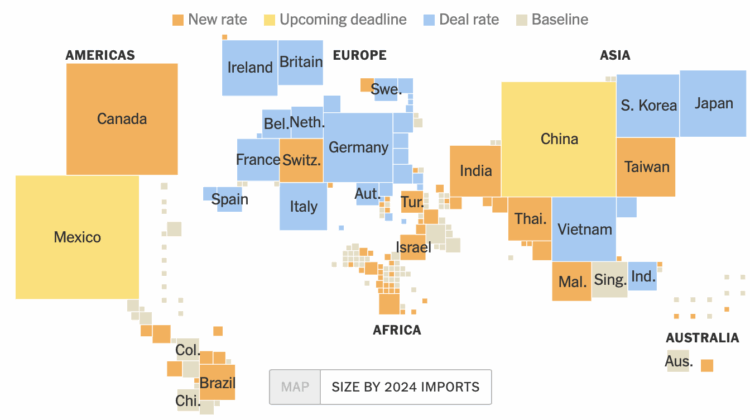
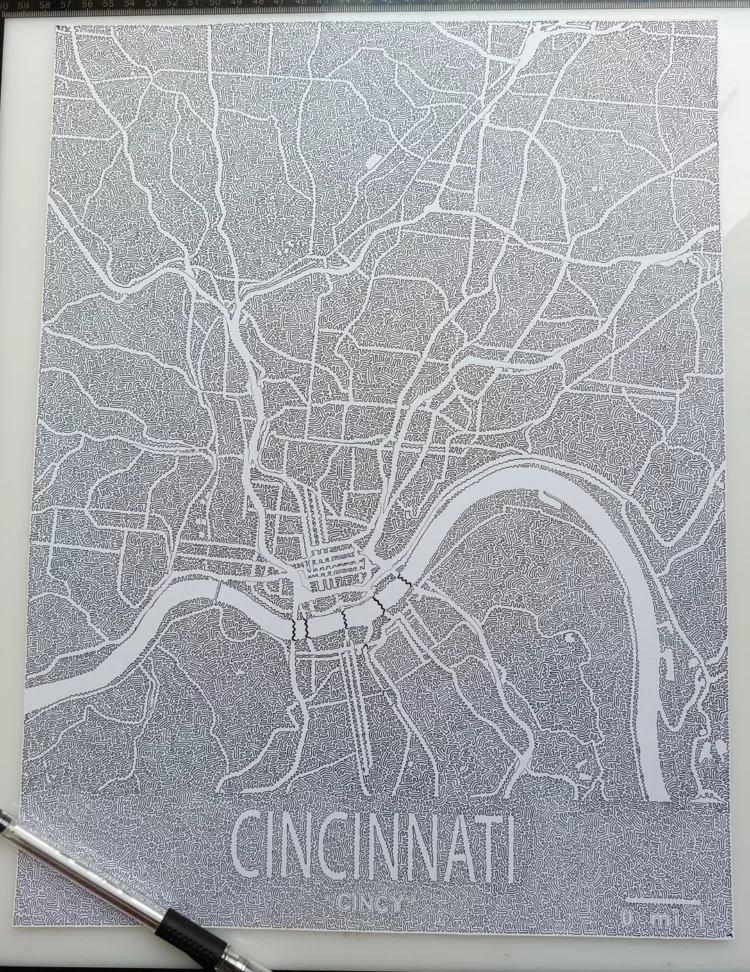
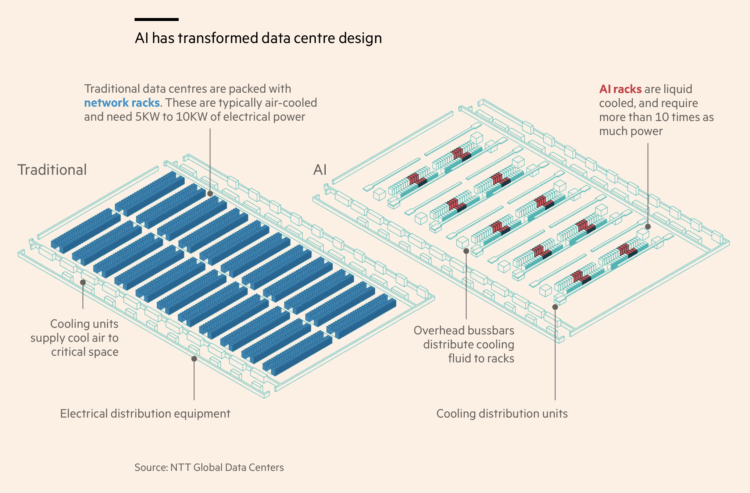
 Visualize This: The FlowingData Guide to Design, Visualization, and Statistics (2nd Edition)
Visualize This: The FlowingData Guide to Design, Visualization, and Statistics (2nd Edition)
